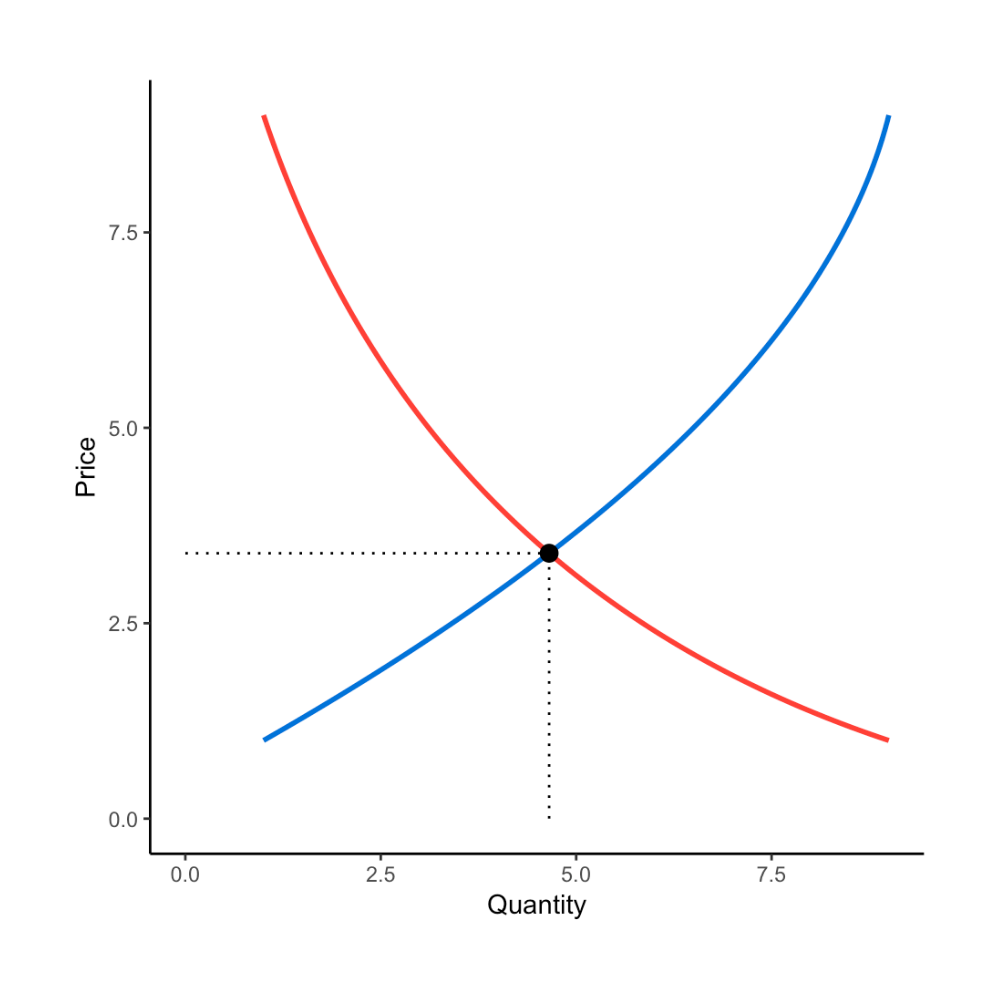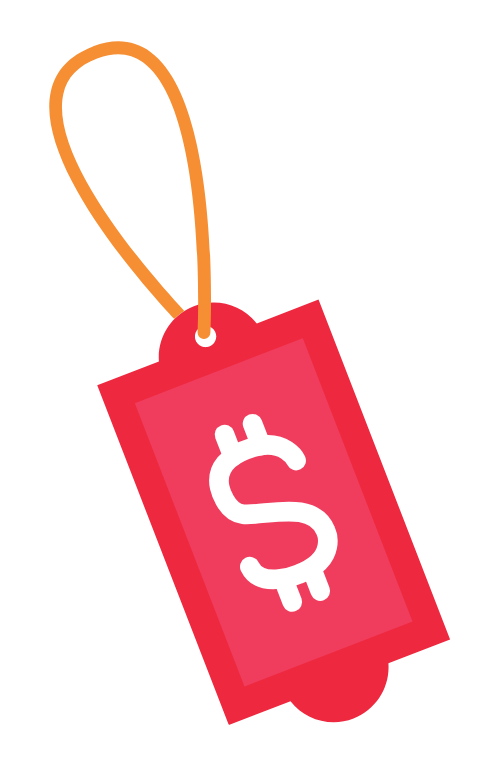
Selling & Target Market
|
TO DO (on your own)How much would it cost to make the product? Do your research to figure out what the raw materials would cost. This is known as the wholesale cost. Is this amount that you plan to charge less than the cost to make it? If so, how can this be remedied? Find out what other products that are similar (competitors) charge. Also, add in the amount you should get for the start-up time and resources you invested. What do you think you should charge for your product? Are there any revisions you would make to your idea or design based on the information that you found to keep your price competitive? |
The suggested cost of your product is known as a price point. As you share your product idea with others, you may be asked to explain how you came up with your price point.
When you sell items, the total money that you bring in is known as revenue. This includes profit (the revenue minus your total costs and expenses).
TO DO (on your own)Answer the following: 1) How much are you planning to charge? ________________ 2) What is your cost to produce one item? ________________ 3) Take Line #1 and then subtract Line #2 ________________
|

Here are some websites that have interactive ways for you to explore possible profit margins:
Click here: Profit Margin Calculator
Click here: How to Price Your Products - A Simple Formula
Studying demand and supply can help producers determine the market for, and correctly price, their products.
Demand refers to how many units of a product or service will be purchased at a specific price by buyers or consumers. For instance, consumers tend to purchase more units of a product when the price is lower than higher. Imagine if an entire large pizza costs $1 versus $10! Would you be more likely to buy more pizzas? People tend to buy more of an item when it costs less or is on-sale in stores. This leads us to the Law of Demand which states there's an indirect (opposite) relationship between price and quantity of units demanded. Specifically, as the price of a good goes up, the quantity demanded goes down. This principle (Law of Demand) is reflected in the red line on the far left side of the graph before below.
Supply refers to how many units of a product will be produced by sellers at particular prices. Now imagine if a large pizza was being sold at $100 per pie! There would a line of sellers eager to jump into this market, as there is more money to be made (versus just $1 per pie). The Law of Supply tells us there is a direct (similar) relationship between price and quantity of units supplied. Specifically, as the price of a good goes up, the quantity supplied goes up. This principle (Law of Supply) is reflected in the blue line on the far right side of the graph before below.
 As a seller, how do you price your product correctly? You can construct a Demand & Supply Curve!
As a seller, how do you price your product correctly? You can construct a Demand & Supply Curve!
First, construct a graph where the X-Axis is the Quantity of Units (#) and the Y-Axis is the Price Per Item ($).
On this graph you should plot points for units demanded by consumers based upon a variety of different price points (for example: $2.50, $5, $7.50). All you have to do is ask potential consumers how many units they would buy at each price point. Remember, the Law of Demand!
On this same graph, you can also plot points for units supplied by asking your peers (prospective sellers) how many units they would supply at these same price points of $2.50, $5, $7.50. Remember, the Law of Supply!
After graphing the units supplied and demanded, identify where the two lines intersect! This is called the market equilibrium which presents an ideal price point.
TO DO (on your own)Now it's your turn! Grab a piece of paper and graph your demand and supply curve for your product. Remember, price goes on the Y-Axis and unit quantity goes on the X-Axis. Be sure to graph at least 5 different price points. What is your market equilibrium price? |
Money to Start: Traditional Bank Loans & Venture Capitalists
In order to start a business, entrepreneurs sometimes need to borrow money from a bank or investor. This loan is known as financing your business.
Sometimes the entrepreneur cannot get competitive financing through a bank, and goes to someone that invests for a living in small businesses with growth potential. A person who invests in other businesses is called a venture capitalist, or VC for short. If a venture capitalist likes the business idea, they will offer the entrepreneur funding but in exchange for higher interest payments and maybe even part-ownership of the company. So, if the business does well, both the entrepreneur and the venture capitalist make a return on their investment (based on percentage ownership). If the business does not succeed, then both the entrepreneur and the venture capitalist lose time and money. The venture capitalist is also taking a risk, just like the entrepreneur!
In order to get a loan or start-up financing for your product or idea, you will need to communicate the idea well. That means that you need to prepare to make a strong and engaging pitch!
|
|
Produced with funds provided by Burton D. Morgan Foundation |
|
*Think Tank to Shark Tank: From Engineering to Entrepreneurship is in no way affiliated with, associated with, or endorsed by Sony Corporation or Metro-Goldwyn-Mayer Studios Inc.

 TO DO (group)
TO DO (group)
